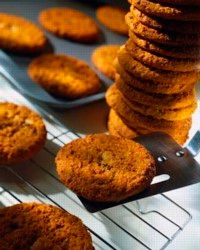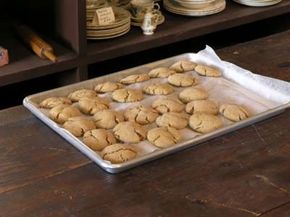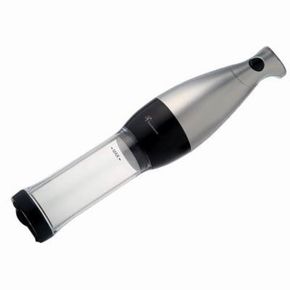Baking cookies -- how difficult can it be? If you've ever struggled with cookie cutters or turned out a sheet of flat, lumpy pancakes instead of chewy little morsels, you know that baking cookies requires a little more knowledge than just "mix and bake."
Baking cookies can be tricky, so we've compiled a list of tips and tricks that should help you make perfect cookies every time:
Advertisement
How Do You Make Cookies Soft and Chewy?
Do your cookies harden too quickly, or turn flat when you bake them? Find out which ingredients will help you get the perfect fluffy cookie, and tricks for keeping them soft for days in the cookie jar.
Making cookies that are uniformly shaped and baked is key to having a successful batch. Learn how the right equipment and techniques can make all the difference.
Creating perfectly shaped cookies can be a snap using a cookie press. Find out how a cookie press works, and get tips for using it to make great shaped cookies.
Stressed out with too much baking to do over the holiday season? Check out our tips to help save time and stress during this busy period.
Successful cookie baking can be achieved using these simple tips. Start on the next page by learning how to keep cookies soft and chewy.
For more information on cookies, see:
- Baking Cookies
- Decorating Cookies
- Cookie Recipes
- Christmas Spritz Cookies
Advertisement




